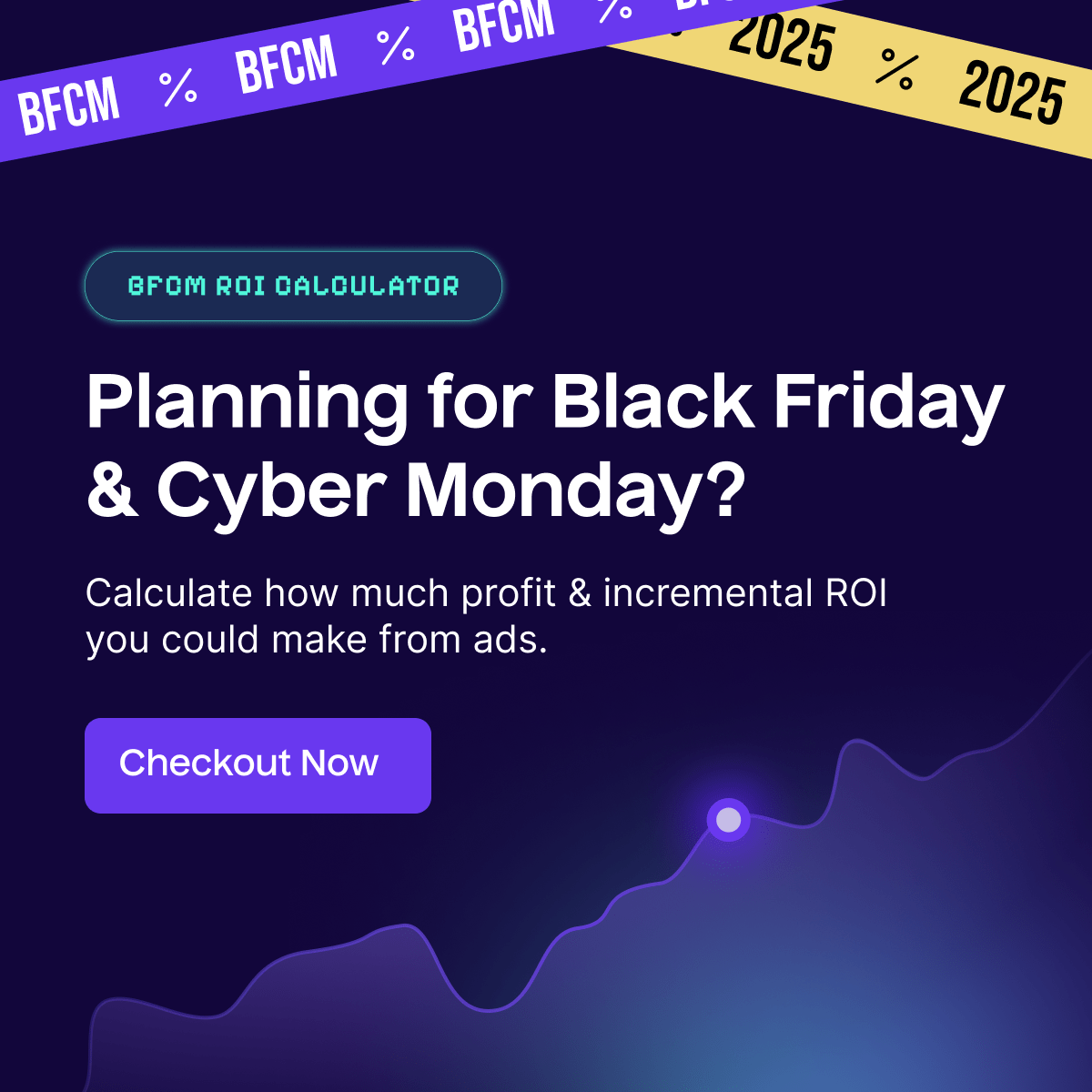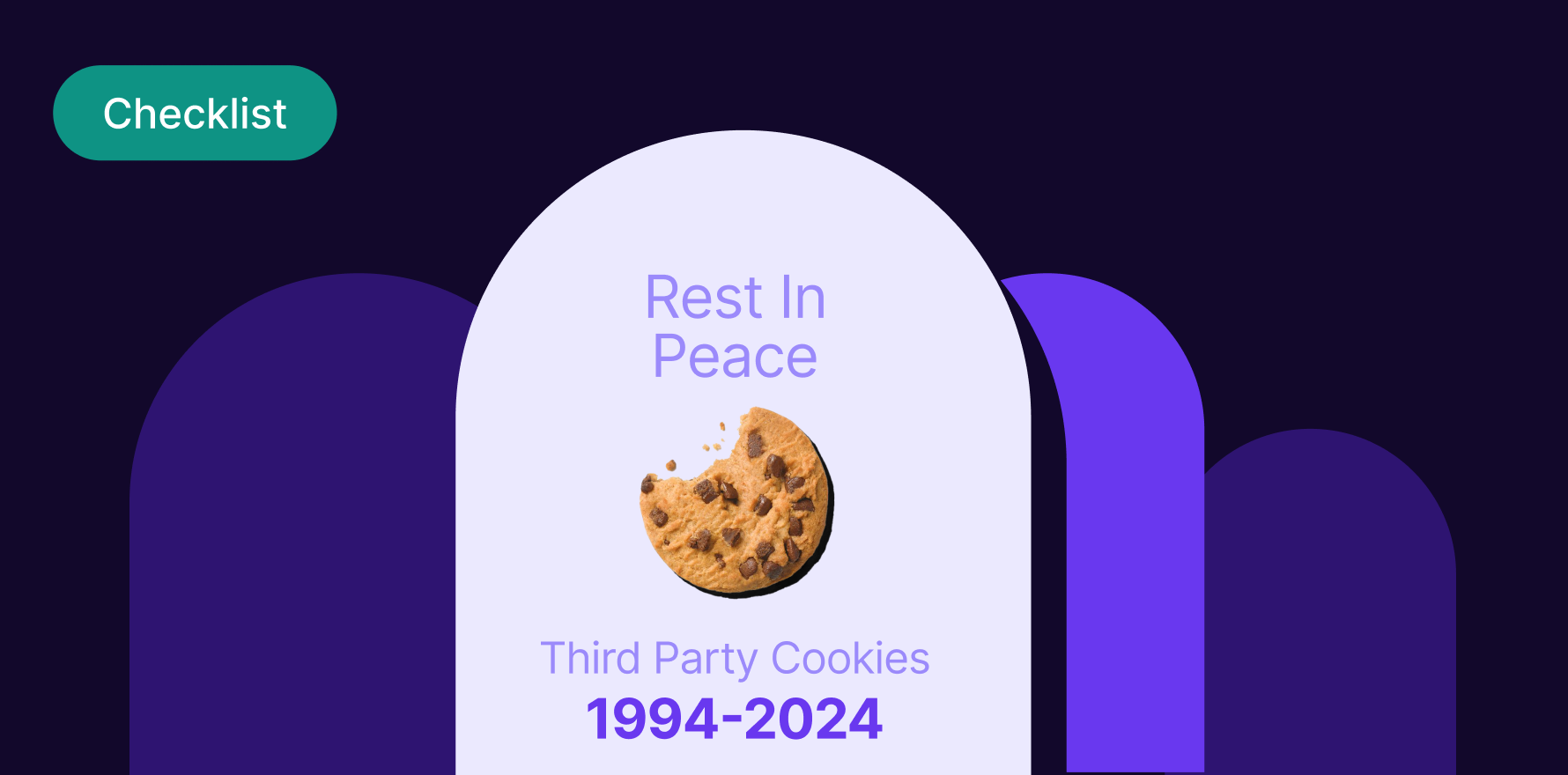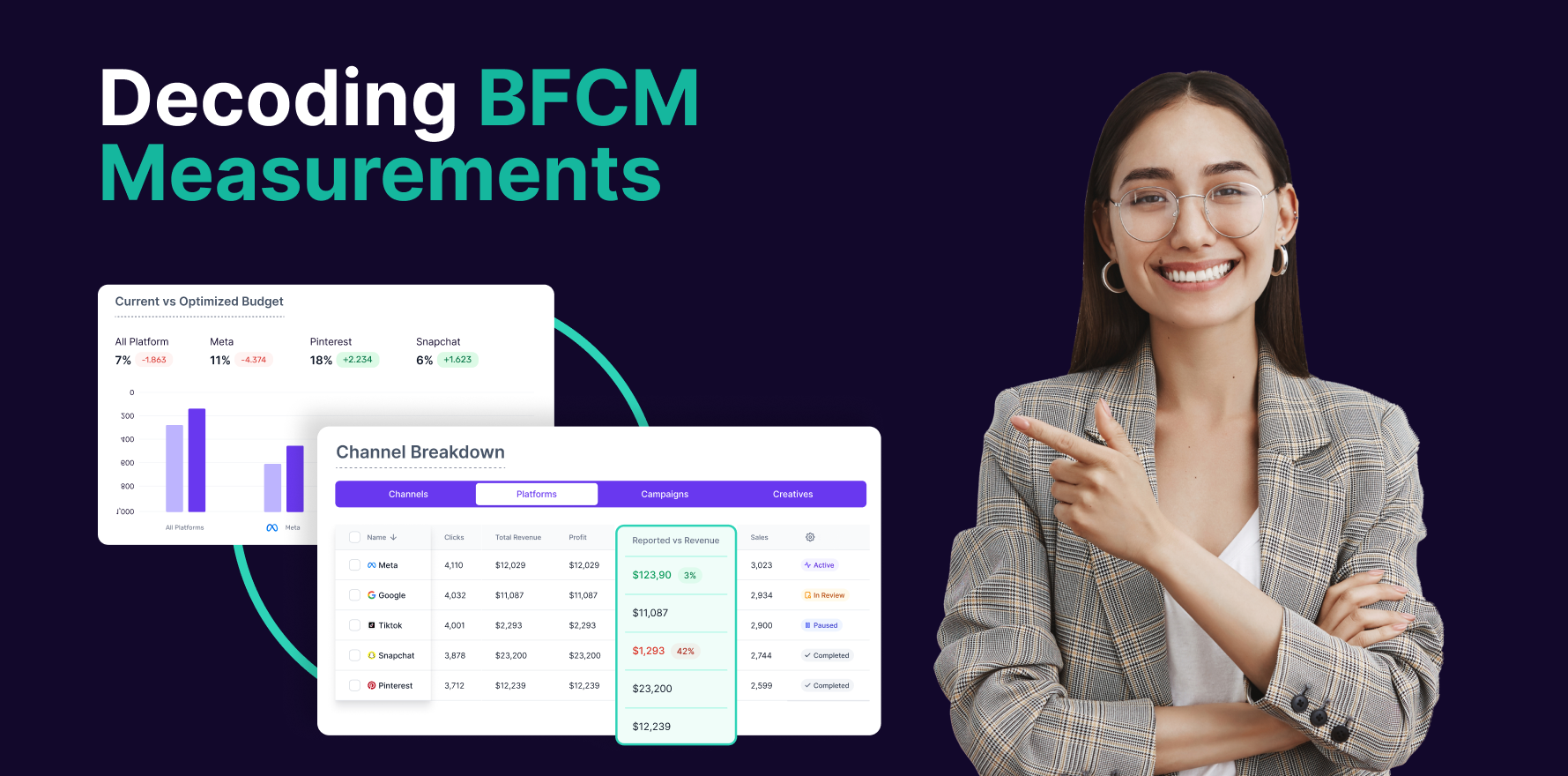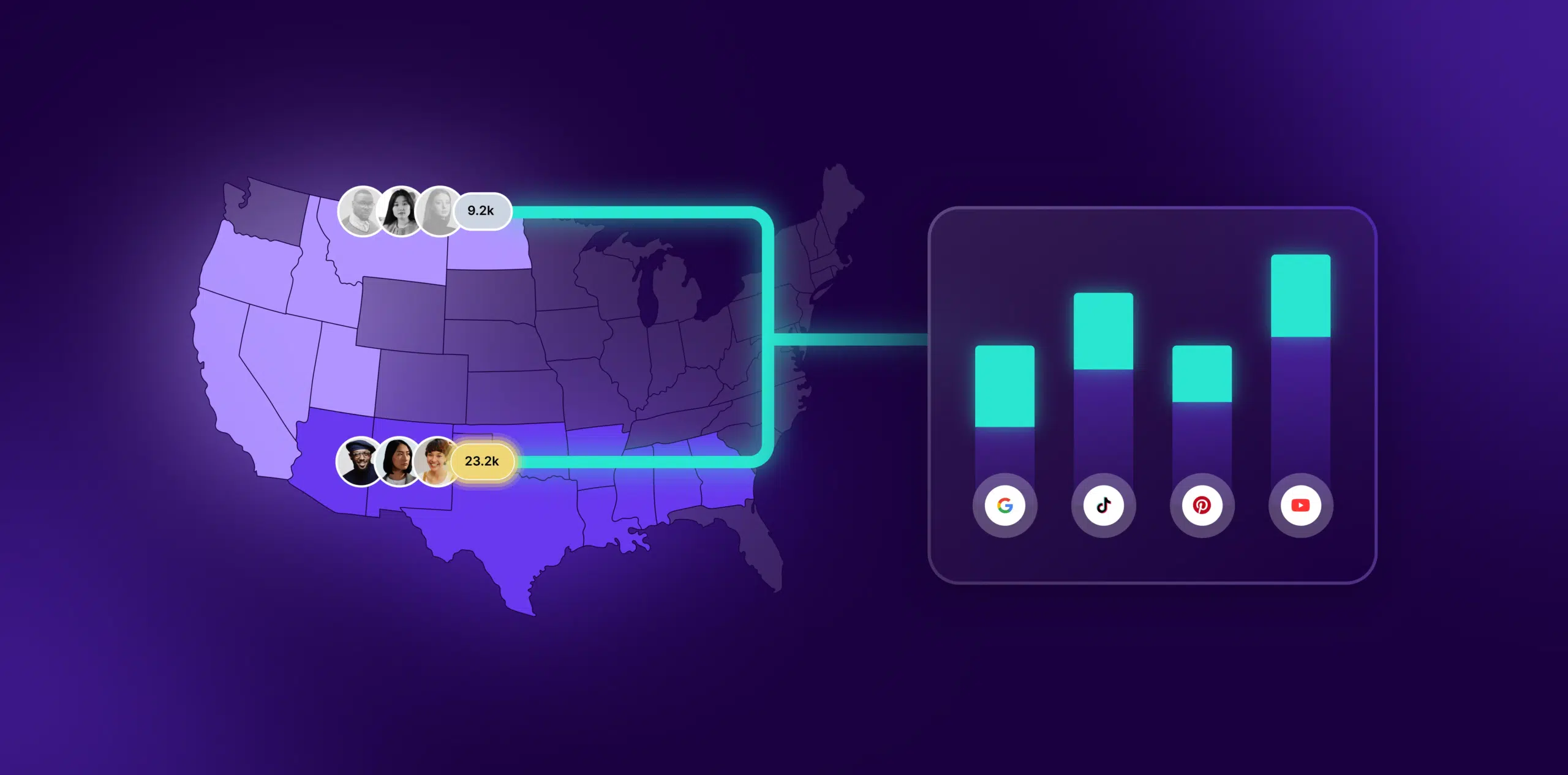What is Sessions?
In the landscape of eCommerce, a session refers to group interactions that a single user carries out on a website within a given timeframe, usually 30 minutes. Individual visits comprised of several activities like browsing different pages, adding items to the cart, making purchases, and perhaps leaving feedback. Each session identifies a unique user, typically by a cookie stored on their browser, allowing the site to track their user journey throughout their visit.
Formula
Sessions = Total number of individual visits or interactions on a website or application
Example
Imagine a visitor coming to your site. They navigate several pages, put a product in their cart, and then close the browser – all of this defines one session. If they reopen their browser and revisit your site, that would start a new session.
Why is Sessions important?
Understanding the number of sessions on your site can give valuable insights into user behavior, like the average time spent on the site and the average number of pages visited per session. This information is crucial for businesses to gauge user engagement, conversion rates, and overall site performance.
Which factors impact Sessions?
Several factors might impact the number of sessions on your site, including site usability, marketing campaigns, page load time, content quality, overall user-experience, and even seasonal trends.
How can Sessions be improved?
To increase the number of sessions, businesses must focus on aspects like SEO to drive organic traffic, content quality to keep users engaged, user-friendly site navigation, and faster load times. Also, improving the mobile experience is significant as a growing number of shoppers are using mobile devices.
What is Sessions’s relationship with other metrics?
Sessions are closely interlinked with other ecommerce metrics like Bounce Rate, Session Duration, and Conversion Rate. For instance, many sessions with a high bounce rate might mean your site isn’t capturing the user’s attention adequately. Long session durations generally suggest a good user experience and high levels of engagement. Furthermore, sessions are crucial for measuring conversion rates since they give the denominator for the equation: total conversions divided by total sessions.
Free essential resources for success
Discover more from Lifesight






















































